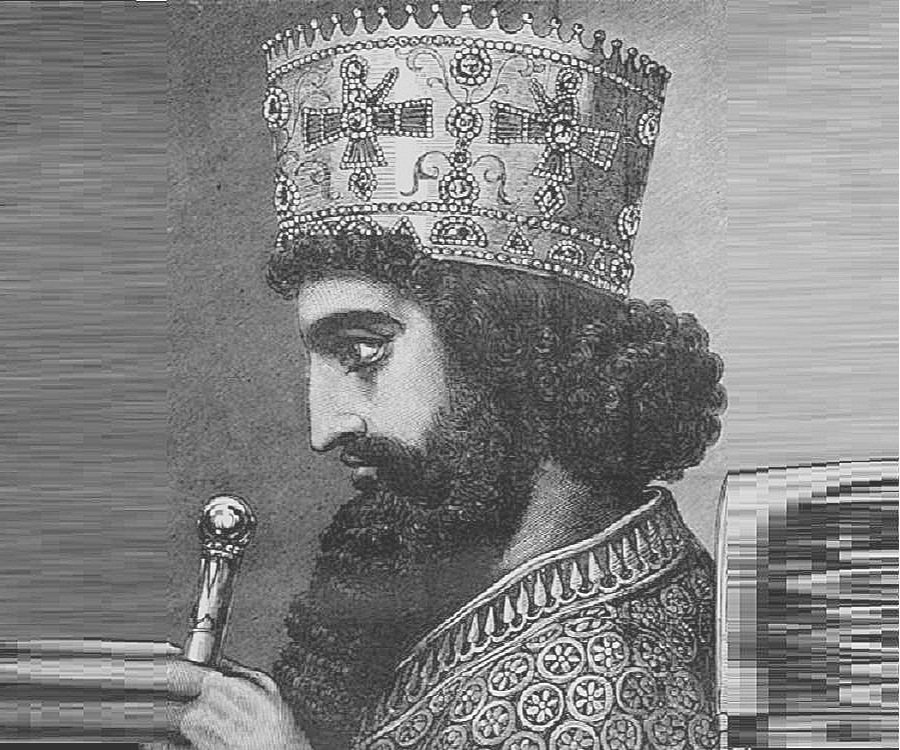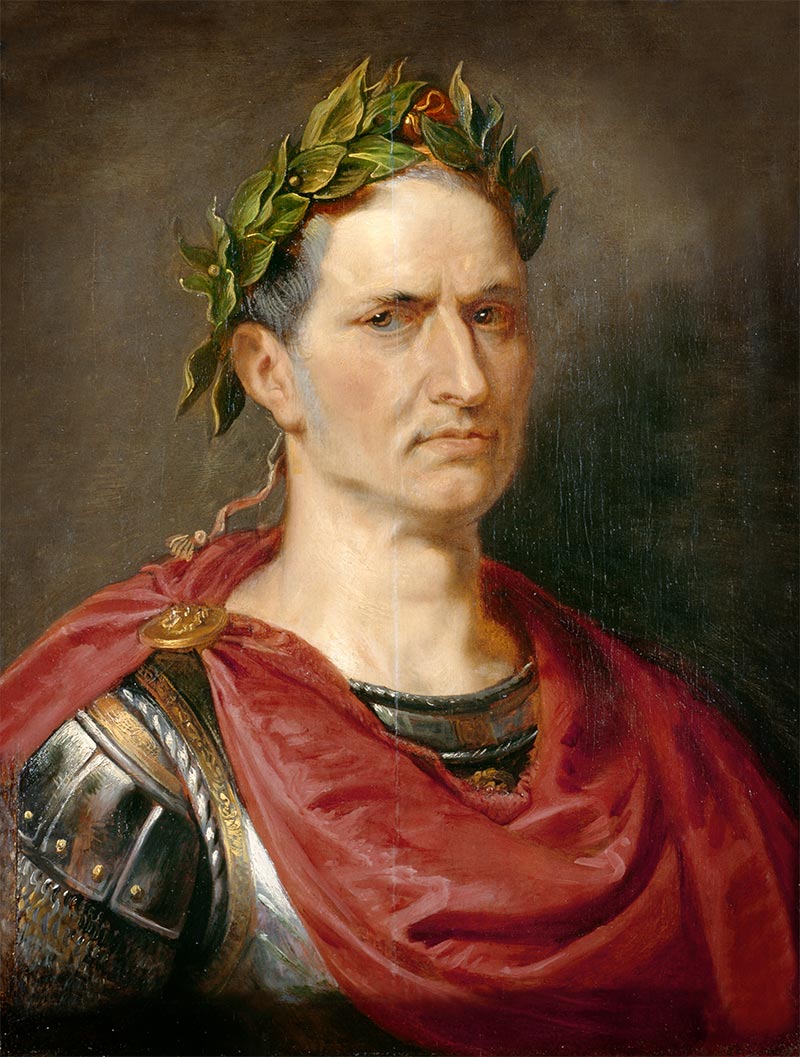Strategic Leadership Analysis
Xerxes archetypes understand that symbolism fuels logistics. You summon subject nations, stage unforgettable ceremonies, and translate ambition into tangible mega-projects. Morale, narrative, and engineering are woven together so no one forgets the scale of the mission.
Strengths
- Mobilizes multi-nation coalitions through shared ritual
- Balances soft power theatrics with hard infrastructure
- Anticipates morale needs on long campaigns
- Communicates vision with cinematic clarity
- Makes logistical feats feel culturally meaningful
Pressure Points
- Grand displays can mask fragile supply lines
- Slow to pivot once ceremonial plans are in motion
- Risk of insulated echo chambers among courtiers
- May underestimate asymmetric or guerrilla tactics
- Requires grounded operators to translate ambition into detail
Relationship Operating System
You need pragmatic deputies who red-team every plan and surface candid field intelligence.
Deployment Zones
Global events leadership, mega-infrastructure delivery, diplomatic alliances, brand spectacles, transformation coalitions
Leadership Lessons to Apply Today
Pair each spectacle with contingency budgets and review cadences so wow-factor never outruns feasibility.



